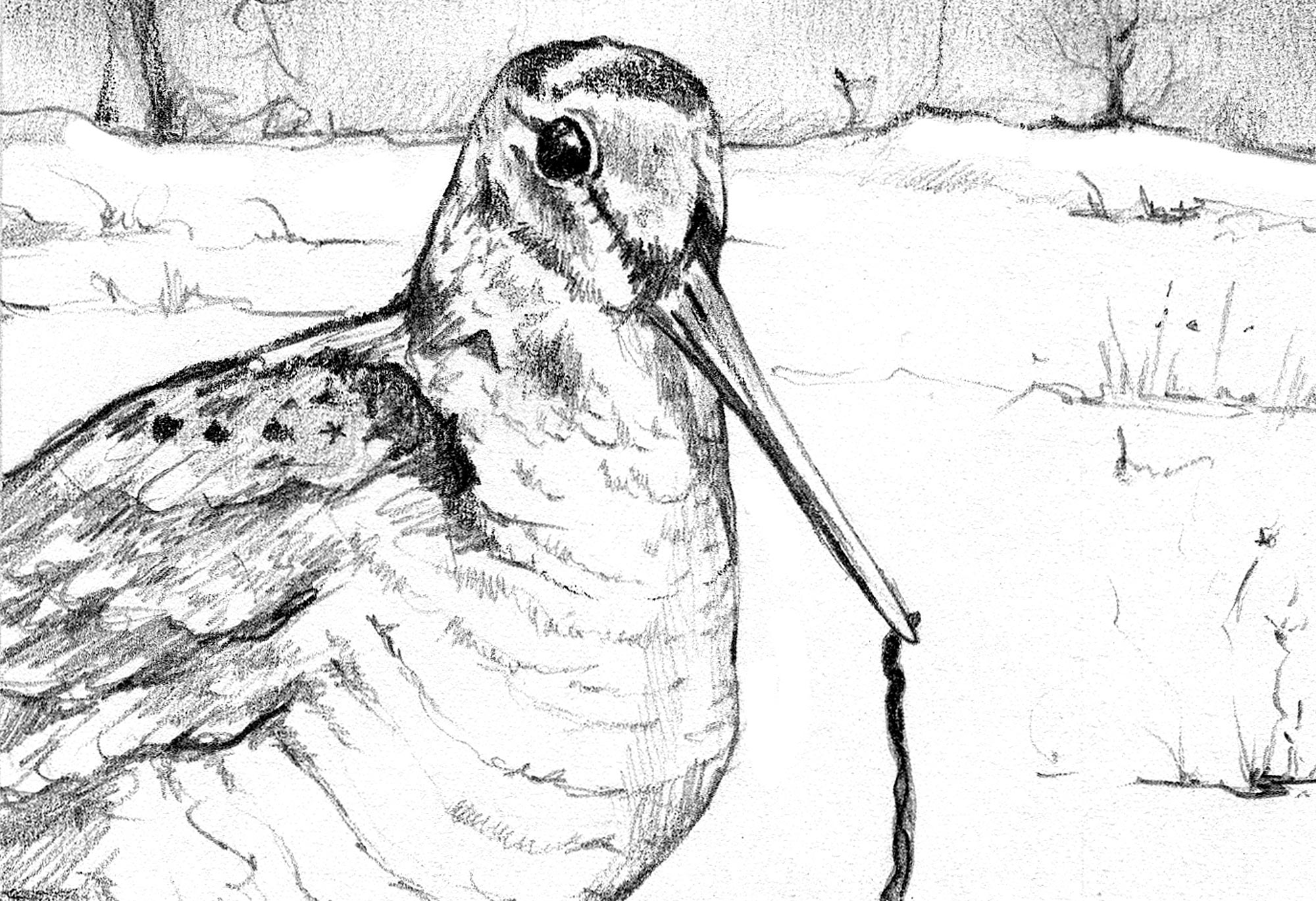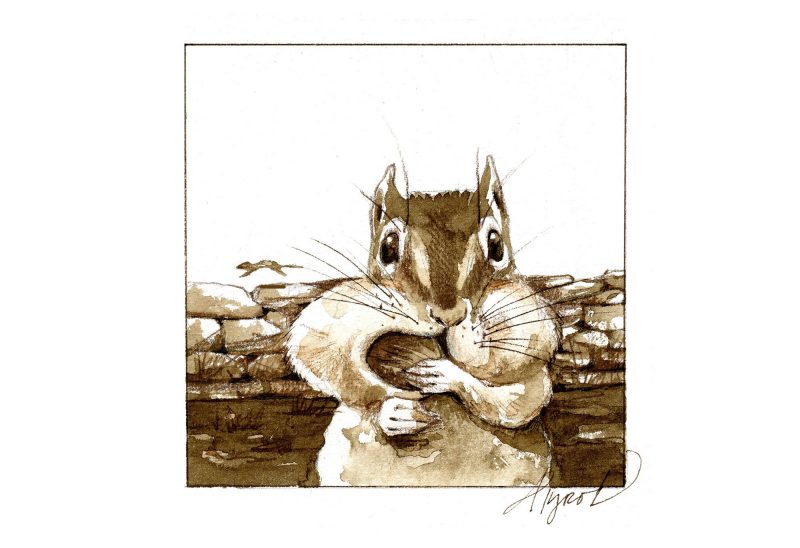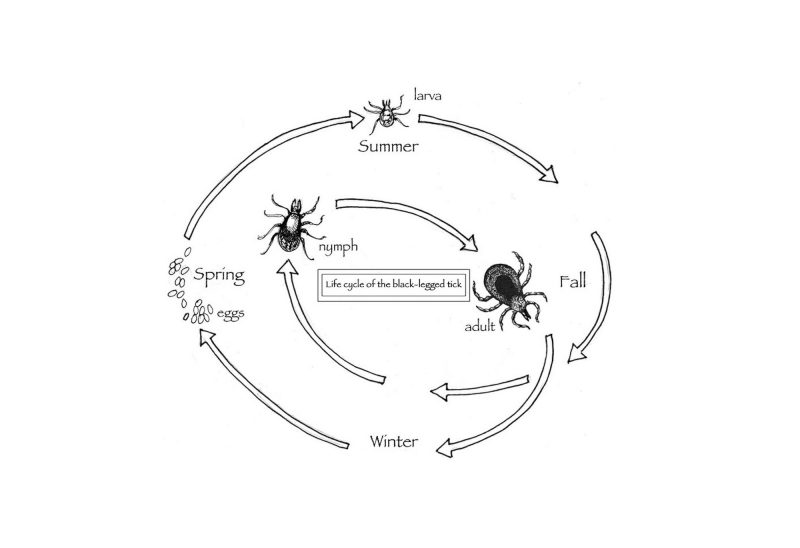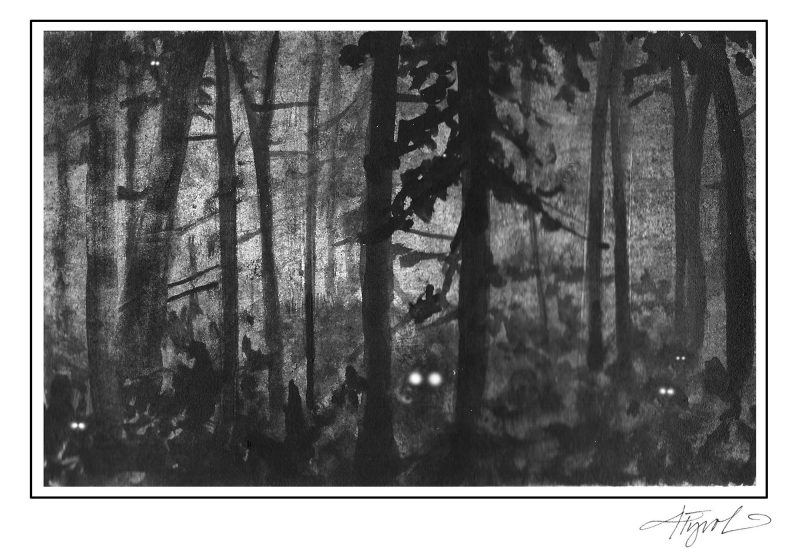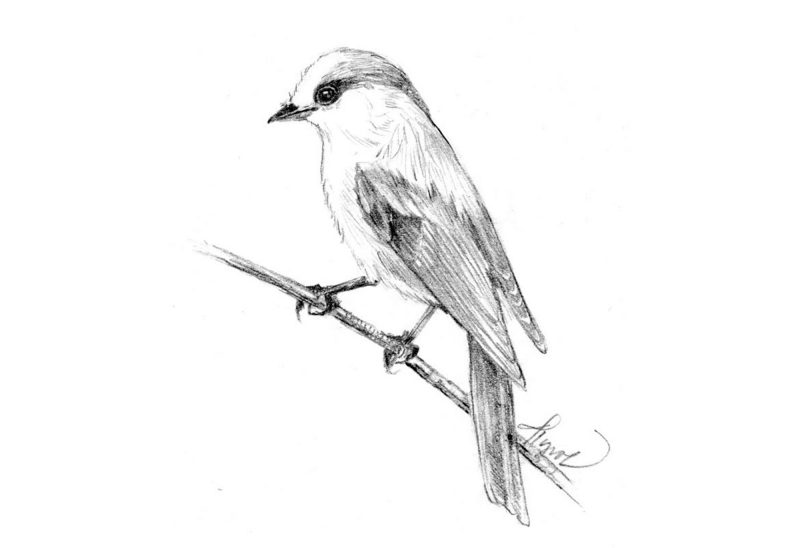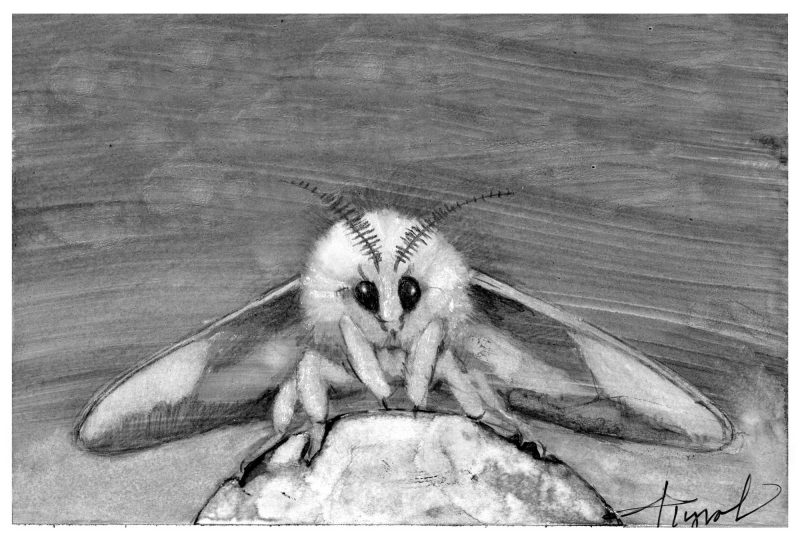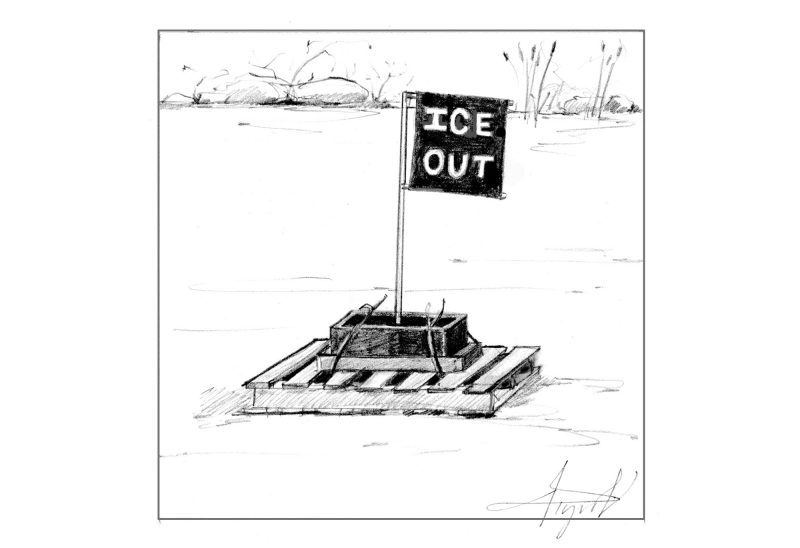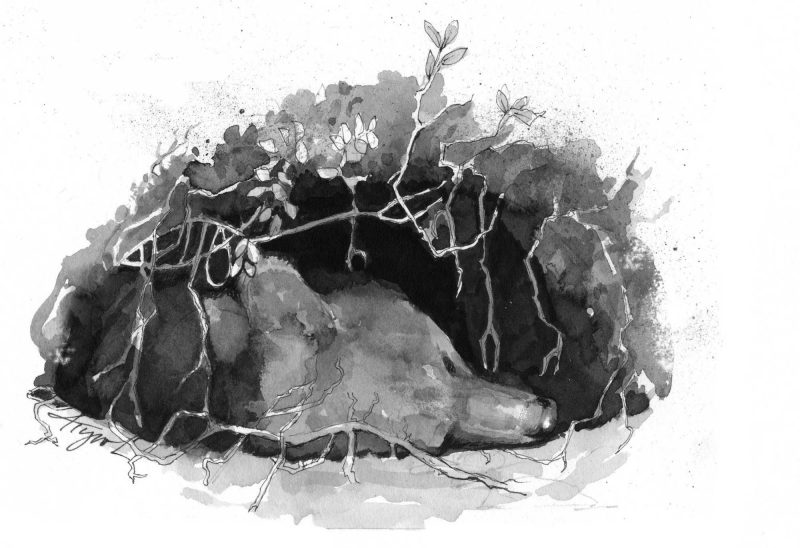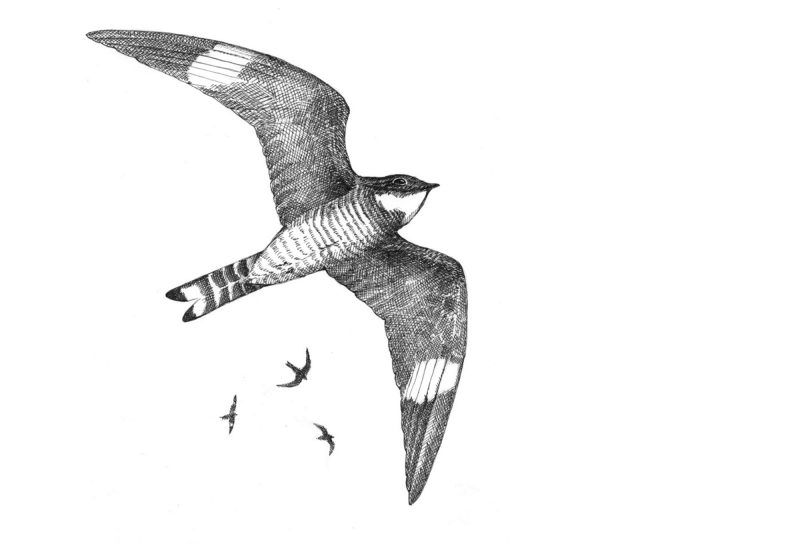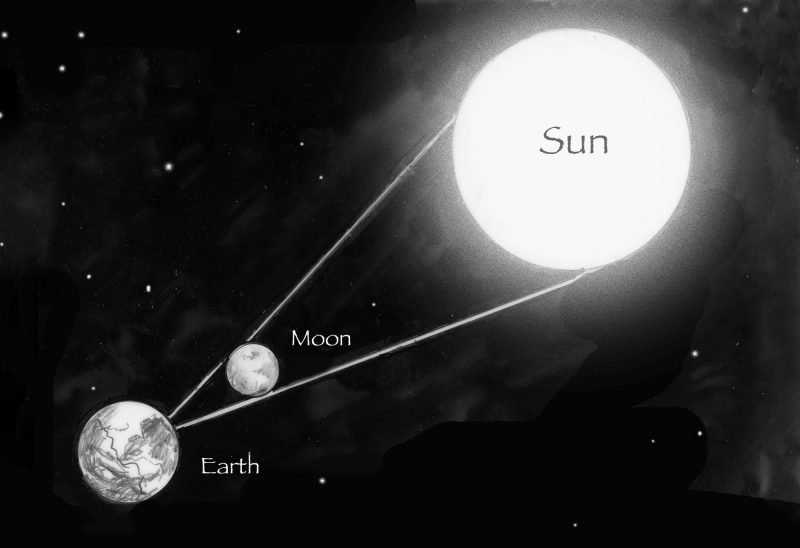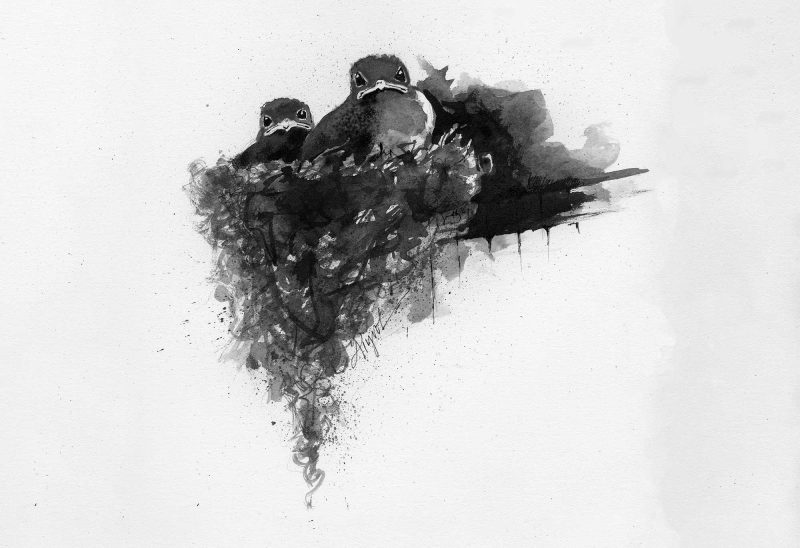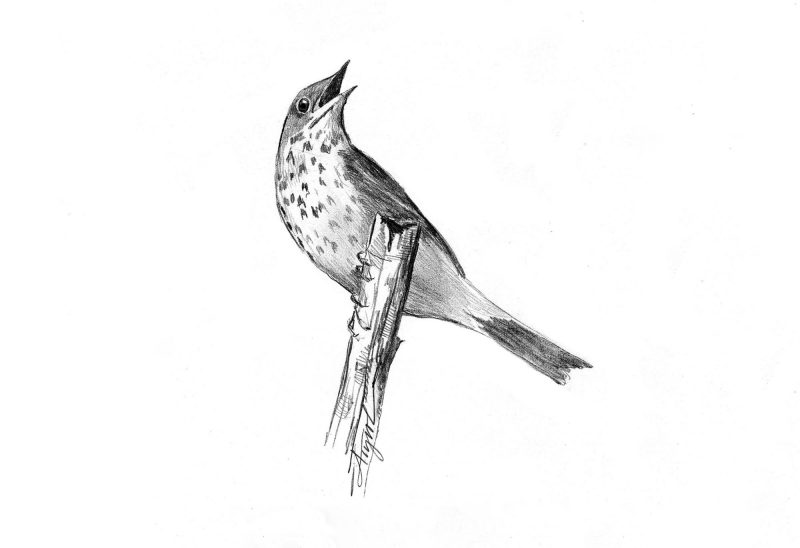By Tim Traver
During a mild winter in northern New England, there are those of us who cheer our lower heating bills and those who scan the forecast, hoping for cold and snow. In a classic El Niño year like this one, when we often get unseasonably mild weather well into February, there are winners and losers in the natural world, too.
El Niño refers to a natural warming of Pacific waters along the coast of Chile and Peru. This phenomenon occurs every three to seven years, when prevailing trade winds, which drive the direction and force of ocean currents, slow down. As a result, cold water from the depths doesn’t get mixed with surface water, the ocean’s surface temperature rises, and global weather patterns can be altered. This year’s strong El Niño is being complemented by a low pressure system in the far north – called the Arctic oscillation – that’s keeping polar air trapped around the North Pole.
The related weather effects can be as dramatic as heavy rains and mudslides in California and severe drought in Indonesia, or as gentle-seeming as milder winters in the Northeast. But a warm winter can have dramatic effects on local wildlife.
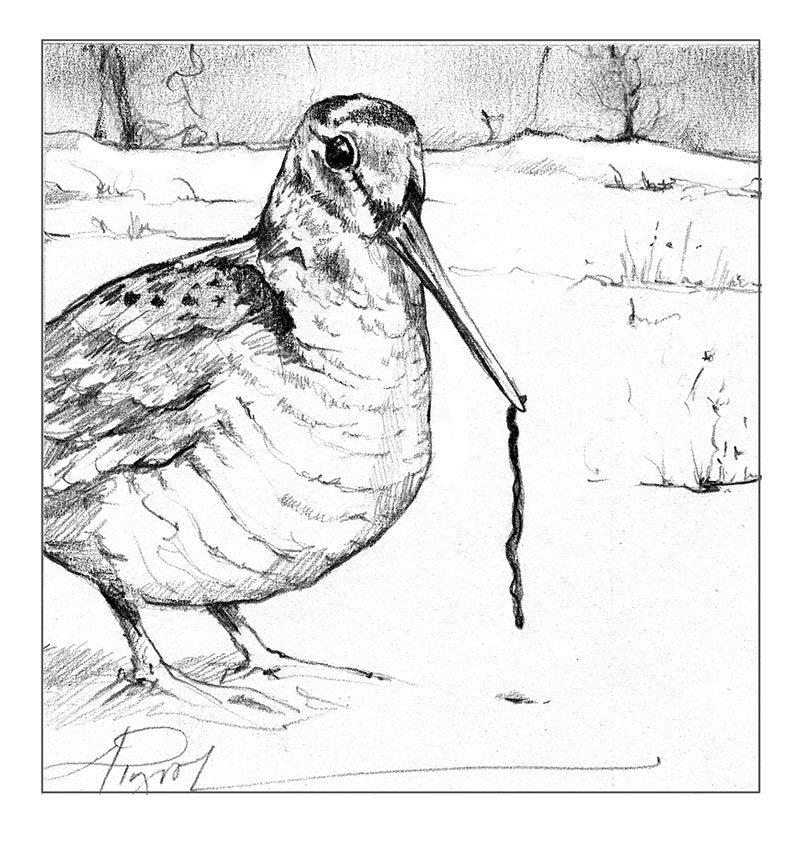
The woodcock. Illustration by Adelaide Tyrol.
While deer tend to thrive in years with little snow and warm temperatures, “it’s all bad news for moose,” said Cedric Alexander, team leader for Vermont’s moose program. Extended fall weather can mean a longer questing period for winter ticks, a significant factor in moose mortality. Larval ticks climb up vegetation and cluster, forming “tick bombs” that latch on to unsuspecting prey. Intense parasitism by winter ticks can kill moose by draining blood and energy reserves; calves are most likely to succumb. A warm winter can also mean greater survival of female ticks to reproductive age in the spring.
Animals such as toads, that overwinter beneath the frost line, may also suffer higher mortality rates during warm winters. Less snow means less insulation of the soil, so a warmer winter can, paradoxically, mean a higher risk of freezing. Bumble bees and others in the bee family may also suffer from the lack of insulation. For bees, there is also the prospect of temporal mismatch, come spring. Sara Zahendra, a conservation biologist with the Vermont Center for Ecostudies, explained that while nothing is set in stone, a warm winter and early spring can accelerate blooming times of key early pollen producers like willows and rhododendron, important food sources for bumble bees. By the time female bees emerge from hibernation, these critical food supplies may have already dwindled.
Another way that warm weather can spell trouble for insects, is by burning through their energy reserves. A season with alternating periods of warm and freezing temperatures can play havoc with insects’ metabolisms, causing them to come out of winter diapause repeatedly.
For other insects, a warm winter is beneficial. Take, for example, winter moths. This invasive species from Europe, now common in New England, is typically active from November into January, and subsides during deep freezes. A mild winter means an extended mating season. The males continue to flutter about in search of flightless females – a little like seeing a guy revving his motorcycle on Main Street in January. In spring, there are more moths around to devour the leaves of maple, oaks, and fruit trees.
Some birds can benefit from a mild winter, and they may linger in our region longer than in other years. Woodcocks, for instance, may continue to feed on worms in unfrozen ground. The risk for these and other birds is that they may be caught off guard by a sudden drop to frigid temperatures, or a big nor’easter moving in.
Some of a warm winter’s biggest winners are pond bottom hibernators. According to biologist Steve Faccio with the Vermont Center for Ecostudies, if ponds don’t freeze there is less risk of hypoxia – so, less depletion of oxygen in green frog, bull frog, and pickerel frog populations. In mild temperatures, wood turtles, wintering in the depths of streams, are less likely to suffer from the sheering forces of thick ice.
Wildlife populations are in constant flux, and while it’s not clear exactly how individual species will respond to this winter’s warm temperatures, it’s safe to say that they will respond. With several months of potential cold still ahead of us, we’ll have to wait and see the results of this El Niño year.
This week’s Outside Story feature was written by Tim Traver, an author and freelance writer. Previously, Traver served as executive director of the Upper Valley Land Trust and co-directed the social service organization COVER Home Repair. The Outside Story is assigned and edited by Northern Woodlands magazine and sponsored by the Wellborn Ecology Fund of New Hampshire Charitable Foundation. Illustration by Adelaide Tyrol.

